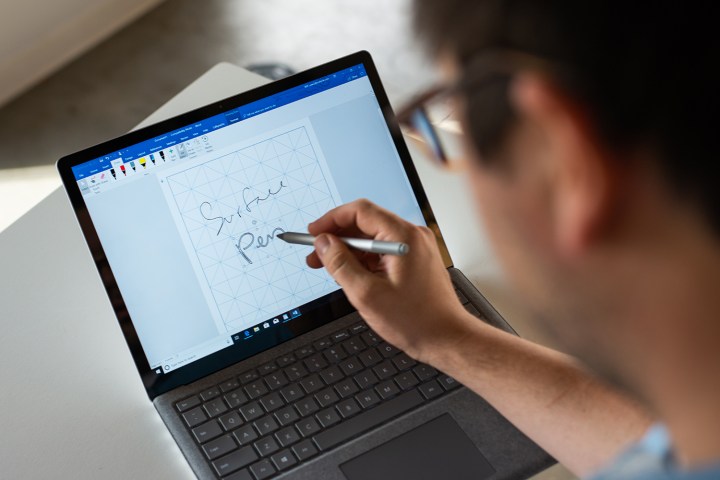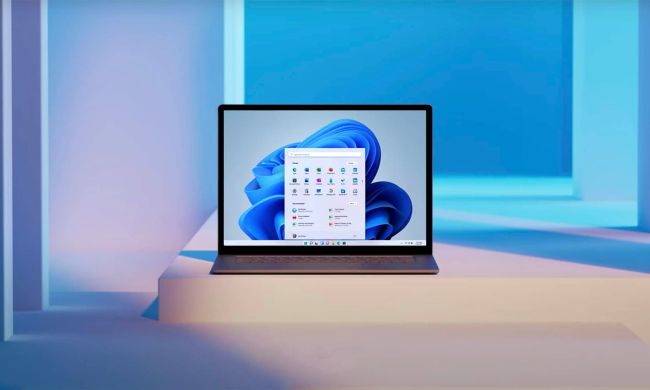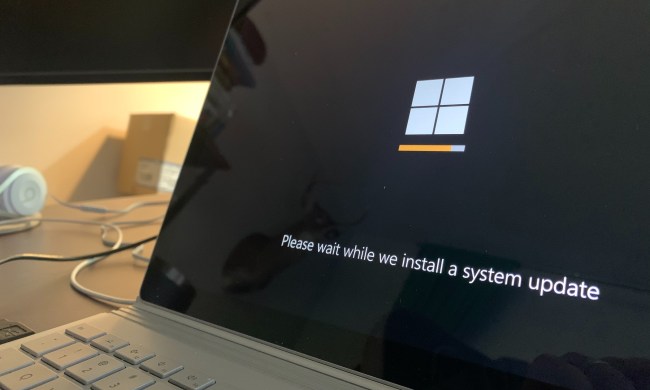
The Windows 10 October 2018 Update initially made its way to the public on October 2, but it was quickly pulled back due to a bug which deleted files for a subset of consumers who were quick to upgrade. After more thoroughly investigating and resolving all of those related issues, Microsoft is announcing the update is now again rolling out to consumers starting Tuesday, November 13.
Just as with prior releases, Microsoft is still encouraging for consumers to wait for the Windows 10 October 2018 Update to properly arrive on Windows Update before proceeding with any installations. This is part of a “more measured approach” which slows the rollout process and enables the company to study the health of all devices before installing the update. According to Microsoft, this also means if the update is not ready for your PC due to any compatibility issues, it won’t show up or install, even if you continue to manually check.
To further ensure a bug-free experience, Microsoft also worked on the feedback from its Windows Insiders who were beta testing the update. This is not an uncommon process, and it has been leveraged in the past before the release of the Windows 10 April 2018 Update.
“We have taken time to closely monitor feedback and diagnostic data from our Windows Insiders and from the millions of devices on the Windows 10 October Update, and we have no further evidence of data loss. Based on this data, today we are beginning the re-release of the October Update by making it available via media and to advanced users who seek to manually check for updates,” Microsoft said.
In the event that you want to take the bold step and install the Windows 10 October 2018 Update before Microsoft pushes it to your PC via Windows Update, there are more than a few ways to get it done. You can download an official Update Assistant to get the update early, a process in which we have previously explained. You also might want to consider checking up on Windows Update settings to ensure that you will have the best upgrade (and bug-free) experience once the October 2018 Update is ready for your PC.


